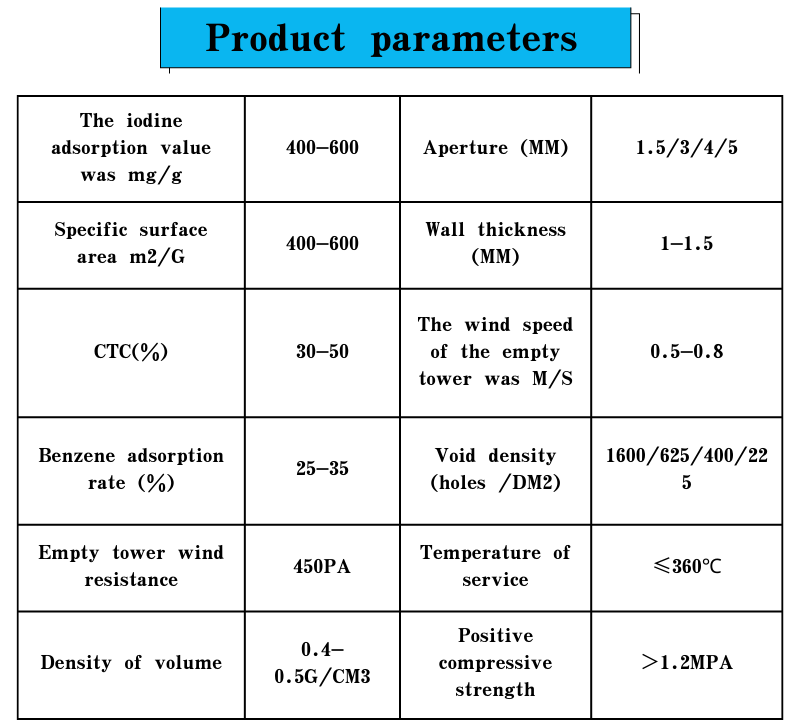
pumice sand
Understanding Pumice Sand Nature's Unique Granular Material
Pumice sand is a remarkable geological product derived from volcanic activity. Formed during explosive eruptions, pumice is a lightweight, porous volcanic rock that is rich in silica and composed of various minerals. When pumice is fragmented into sand-sized grains, it creates pumice sand, a unique material that has both natural and industrial applications.
The formation of pumice occurs when molten lava cools and depressurizes rapidly, resulting in the entrapment of gas bubbles. This process not only makes pumice less dense than other volcanic rocks but also endows it with a highly porous structure. These characteristics are what make pumice sand distinct from other types of sands. Its lightness allows it to float on water, and its porosity gives it excellent drainage properties, making it an ideal material for various landscaping and horticultural applications.
One of the most significant uses of pumice sand is in gardening and agriculture. Due to its excellent aeration and drainage capabilities, pumice sand is often mixed with soil to improve its structure. It helps retain moisture while preventing waterlogging, creating an ideal environment for root growth. Gardeners and horticulturists particularly favor pumice sand for growing plants that require well-drained soils, as it promotes healthy root systems and enhances overall plant health.
pumice sand

Moreover, pumice sand is used in the production of lightweight concrete and other construction materials. Its low density reduces the overall weight of the concrete mix, making it easier to handle and transport. This property is especially beneficial in construction projects where weight is a significant concern, such as high-rise buildings and bridges. Furthermore, pumice sand can enhance the thermal and acoustic insulation properties of concrete, contributing to energy efficiency in buildings.
In addition to its practical applications, pumice sand also plays a vital role in environmental conservation. It is an effective soil amendment for restoring degraded land and preventing erosion. Its ability to improve soil structure makes it suitable for rehabilitating areas damaged by mining or construction activities. Furthermore, pumice sand can act as a filter for contaminants in water, thus aiding in water purification processes.
Pumice sand is not just a functional material; its aesthetic qualities also make it appealing in landscaping. Its light color and unique texture can add visual interest to gardens and outdoor spaces. Whether used as a decorative top dressing or incorporated into pathways and patios, pumice sand enhances the beauty and functionality of landscapes.
In conclusion, pumice sand is a versatile material that offers numerous benefits in gardening, construction, environmental conservation, and aesthetic applications. Its unique properties make it an invaluable resource, showcasing the wonders of nature’s geological processes. As the demand for sustainable materials continues to grow, the significance of pumice sand in various industries is likely to increase, reflecting a modern appreciation for natural, eco-friendly solutions.
Share
-
Premium Pigment Supplier Custom Solutions & Bulk OrdersNewsMay.30,2025
-
Top China Slag Fly Ash Manufacturer OEM Factory SolutionsNewsMay.30,2025
-
Natural Lava Rock & Pumice for Landscaping Durable Volcanic SolutionsNewsMay.30,2025
-
Custom Micro Silica Fume Powder Manufacturers High-Purity SolutionsNewsMay.29,2025
-
Custom Mica Powder Pigment Manufacturers Vibrant Colors & Bulk OrdersNewsMay.29,2025
-
Custom Micro Silica Fume Powder Manufacturers Premium QualityNewsMay.29,2025






